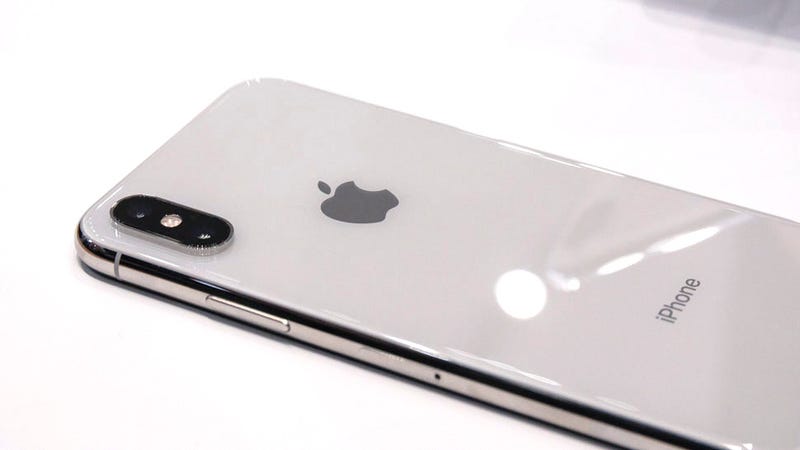
The Energizer name figured prominently at Mobile World Congress this year, courtesy of a prototype Android smartphone that was about an inch thick, consisting mostly of a giant battery. The 18,000mAh Energizer Power Max P18K Pop was a preview of something Avenir Telecom, the company licensing the battery brand’s name for use on phones, wanted to mass-produce and bring to the market by this summer. After that successful MWC debut, the P18K Pop turned up on Indiegogo with an early-bird price of $549, a promised delivery window of October 2019, and an optimistic goal of $1.2 million in total funding.
Today, Avenir’s Indiegogo campaign for the Energizer battery-with-a-phone-in-it concluded with a whimper, having accumulated a scant $15,005 in pledged support. Since the campaign fell 99 percent short of achieving its original goal, and all funding was conditional on it being fully funded, the entire exercise seems to have been for naught. Then again, given how many companies use crowdfunding platforms primarily as marketing levers, there’s a reasonable argument to be made that Avenir Telecom maybe never really believed it would be able to go beyond the prototype stage with its P18K Pop.
The calculus for the company can be read as simply as “let’s do something to grab people’s attention, throw it on Indiegogo with an unlikely funding goal, and only in the event that people go wild over it should we build anything.” People did find the Energizer-branded brick-phone-battery hybrid fun and exciting to gawk at, but when it came time to put money toward turning it into a real product, enthusiasm was evidently far less abundant.
Ah well, at least now we know there are limits to our desires for ever bigger batteries.
https://www.theverge.com/circuitbreaker/2019/4/30/18522236/energizer-huge-battery-phone-p18k-pro-indiegogo-price-fail
2019-04-30 08:01:03Z
CAIiEGvIJ6U0GcC51_BovGHROcIqFwgEKg4IACoGCAow3O8nMMqOBjDc064F







